Cutting Edge
The consideration of the social and political issues surrounding public art within Sheffield is manifest within Cutting Edge.




Our Father
The Father Varela Memorial sculpture, situated on the exterior of The Church of Transfiguration on Mott Street (China Town) New York City, USA was installed in November 2014.

Gentle Rain of Mercy
'The quality of mercy is not strained;
It droppeth as the gentle rain from heaven..'




Desire
‘Within my public art work I explore the seductive power of danger. The lure of the forbidden is created through imposing forms, materials which are honest, simple and robust and temptingly uncomfortable metaphors.'

Sheaf Tree
In response to the brief the artwork is an uplifting form intended to visually celebrate the history of the local area.

Architectural Metalwork
Chris relishes opportunities to work creatively as a team and has collaborated with silversmiths, product, interior and landscape designers, architects, artists, engineering and fabrication companies, developers, town planners and city councils.
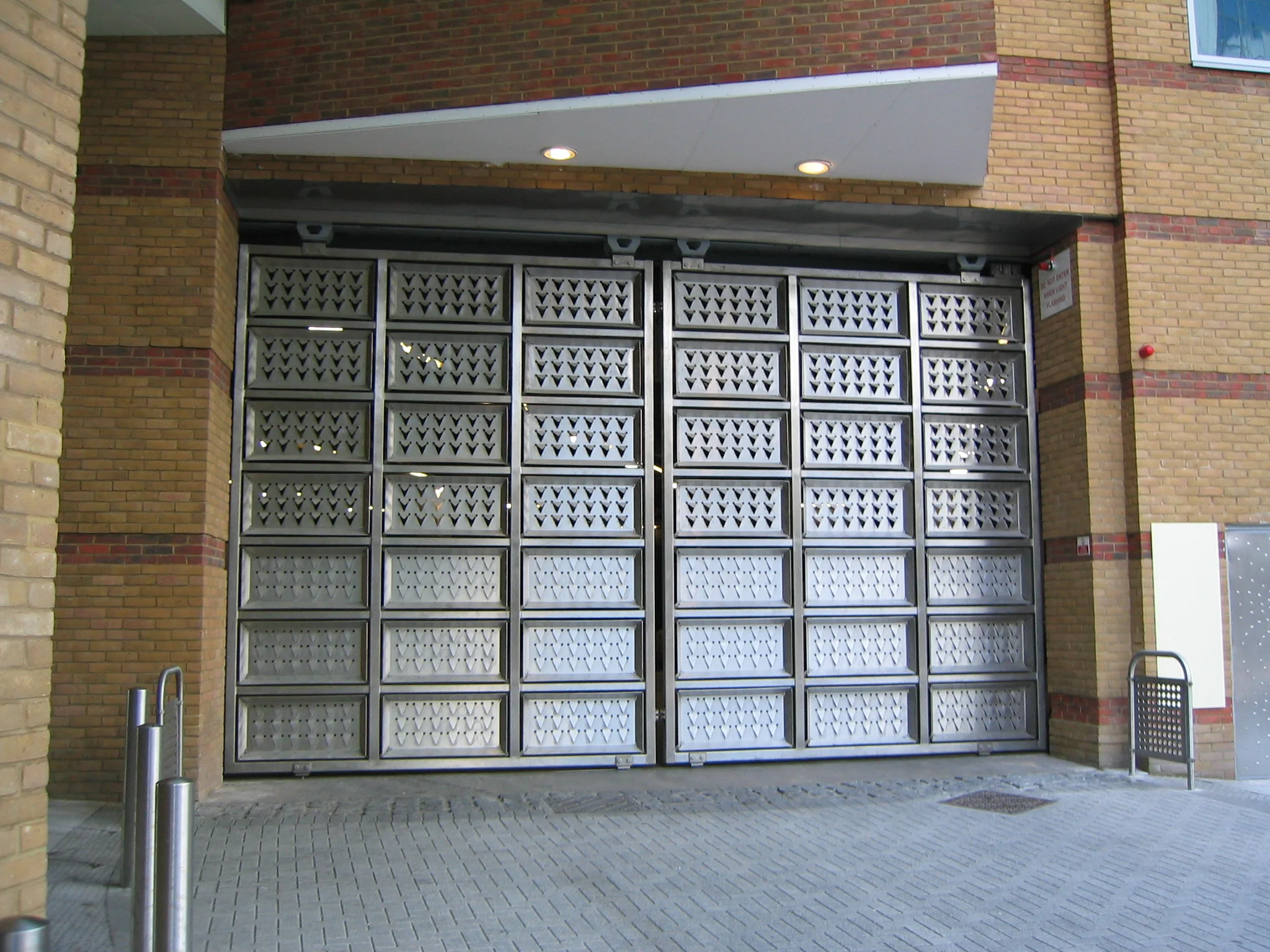

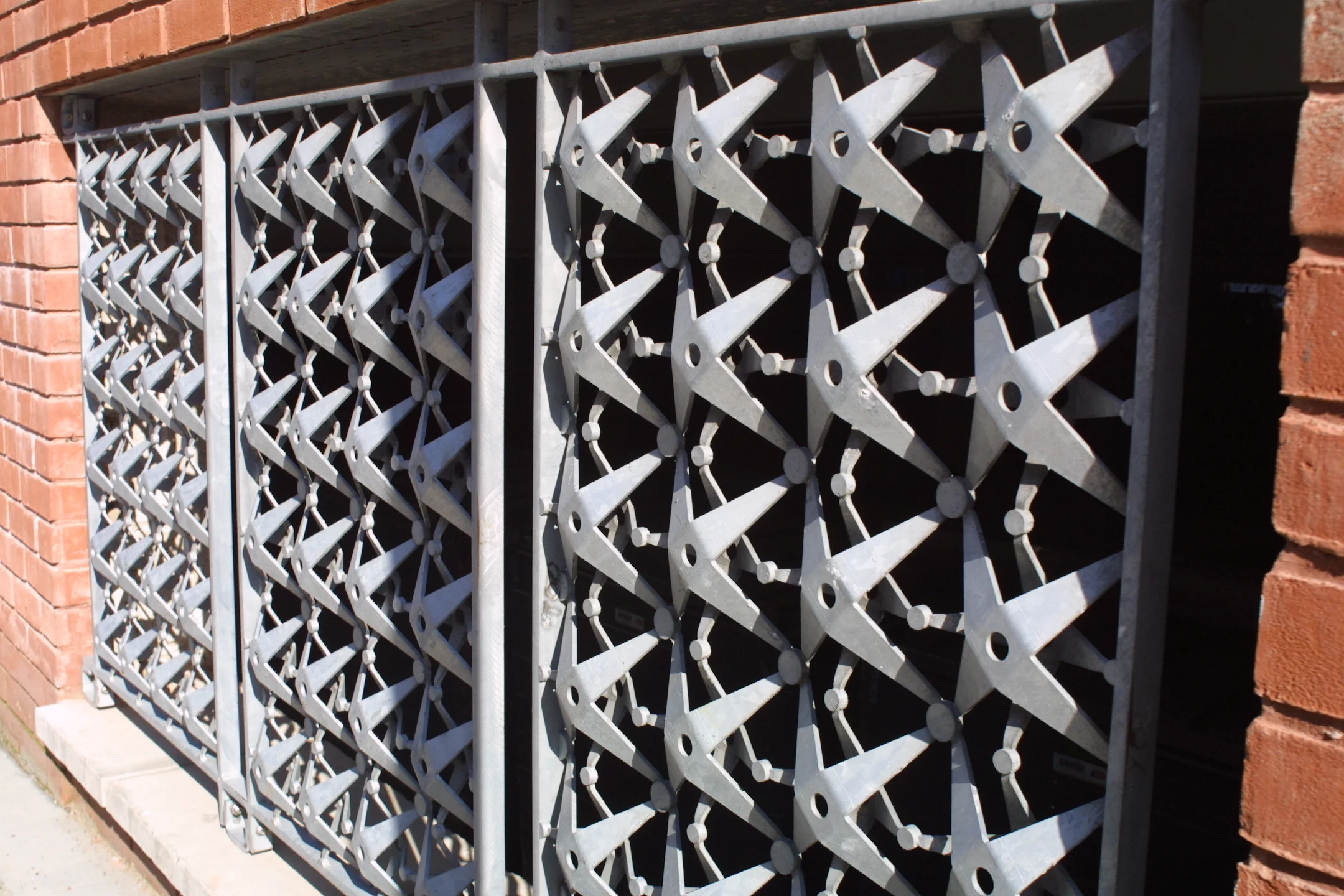
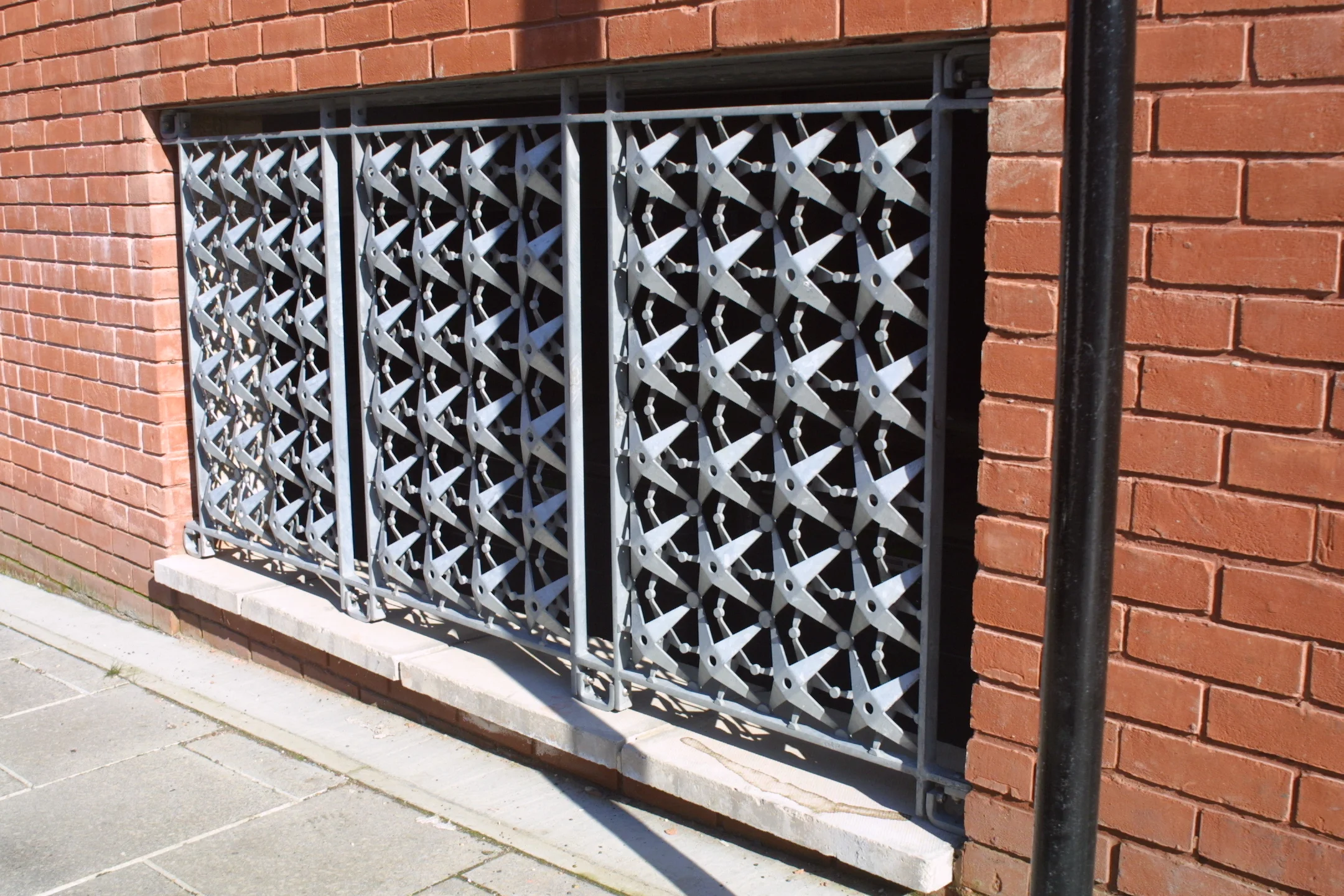
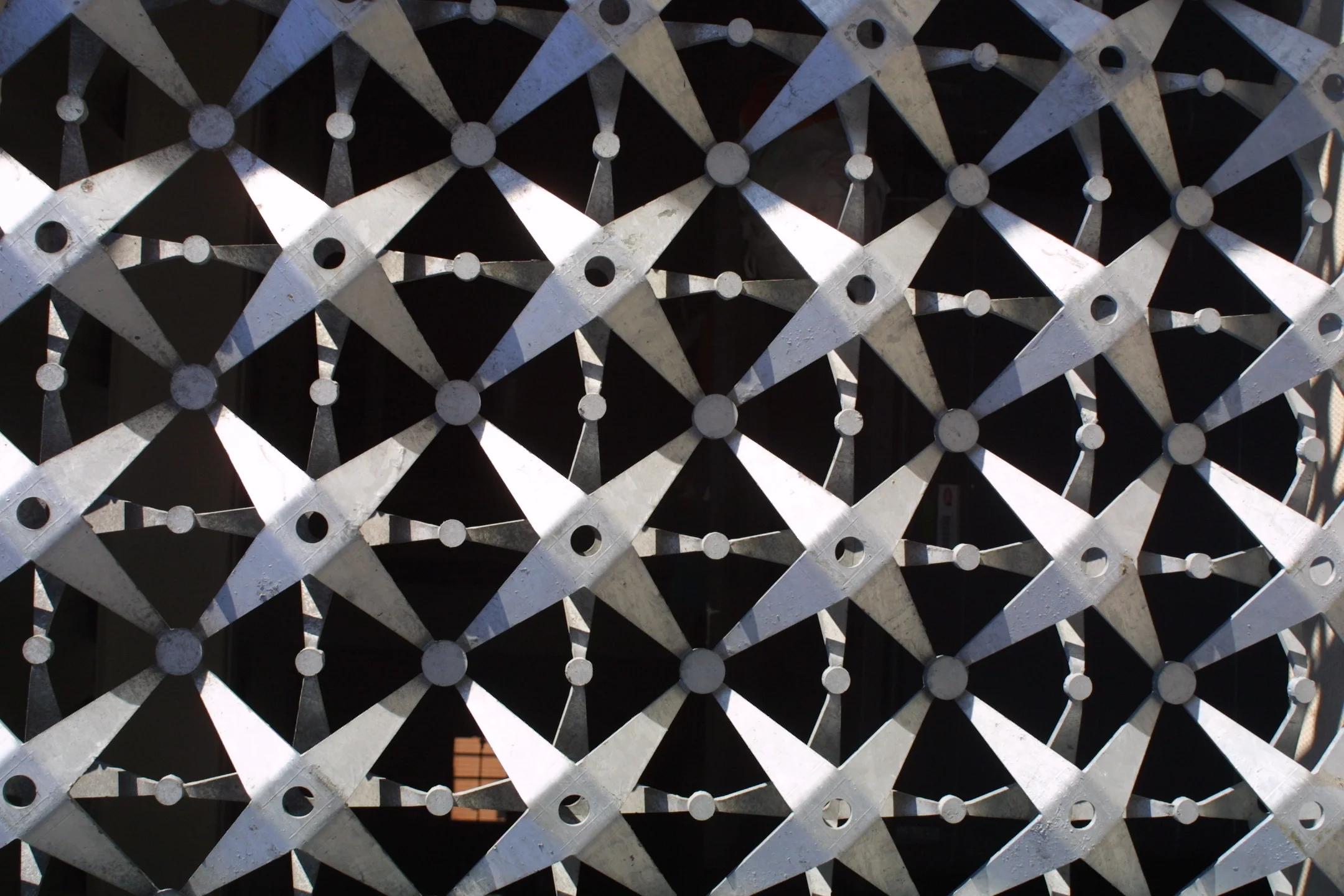
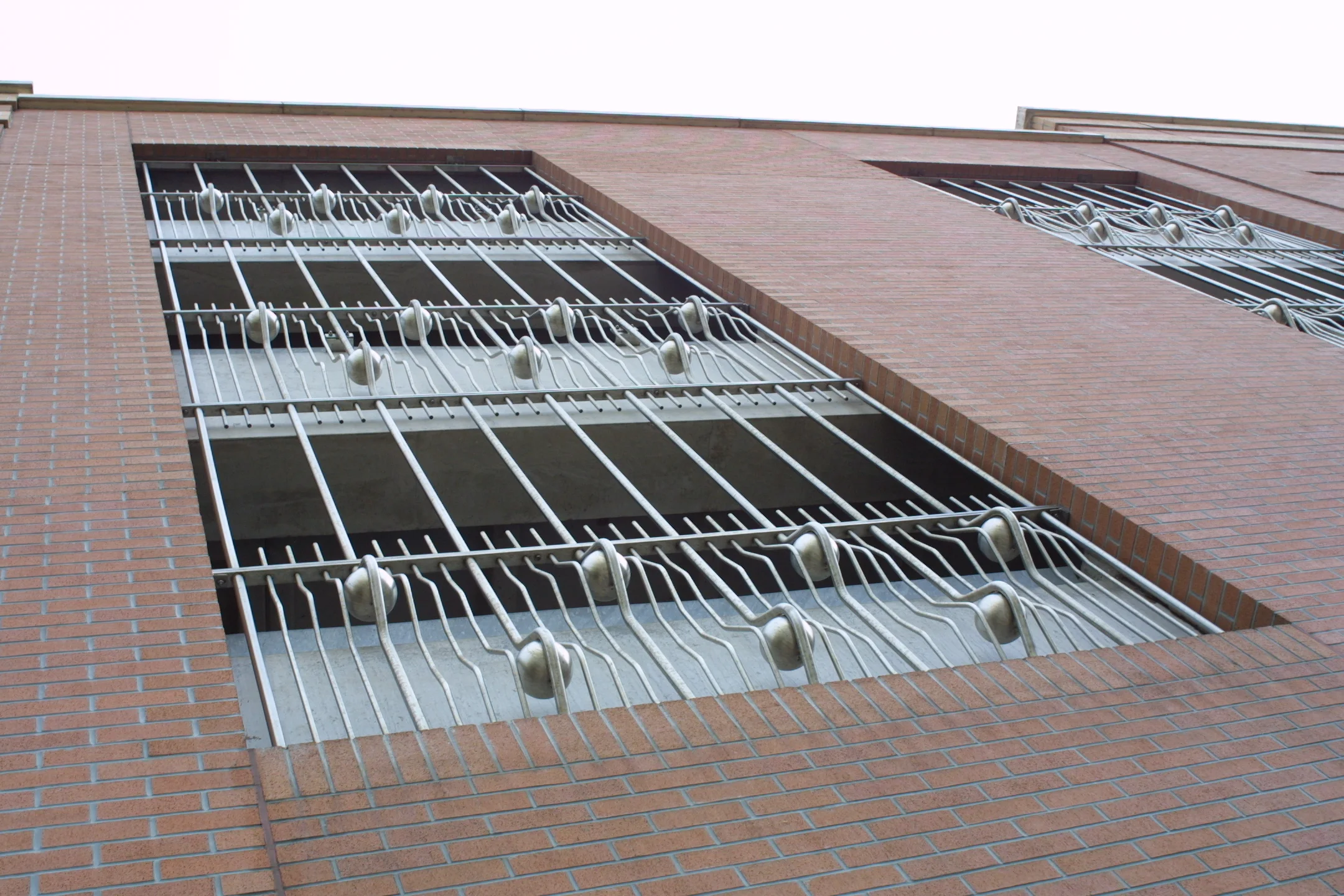


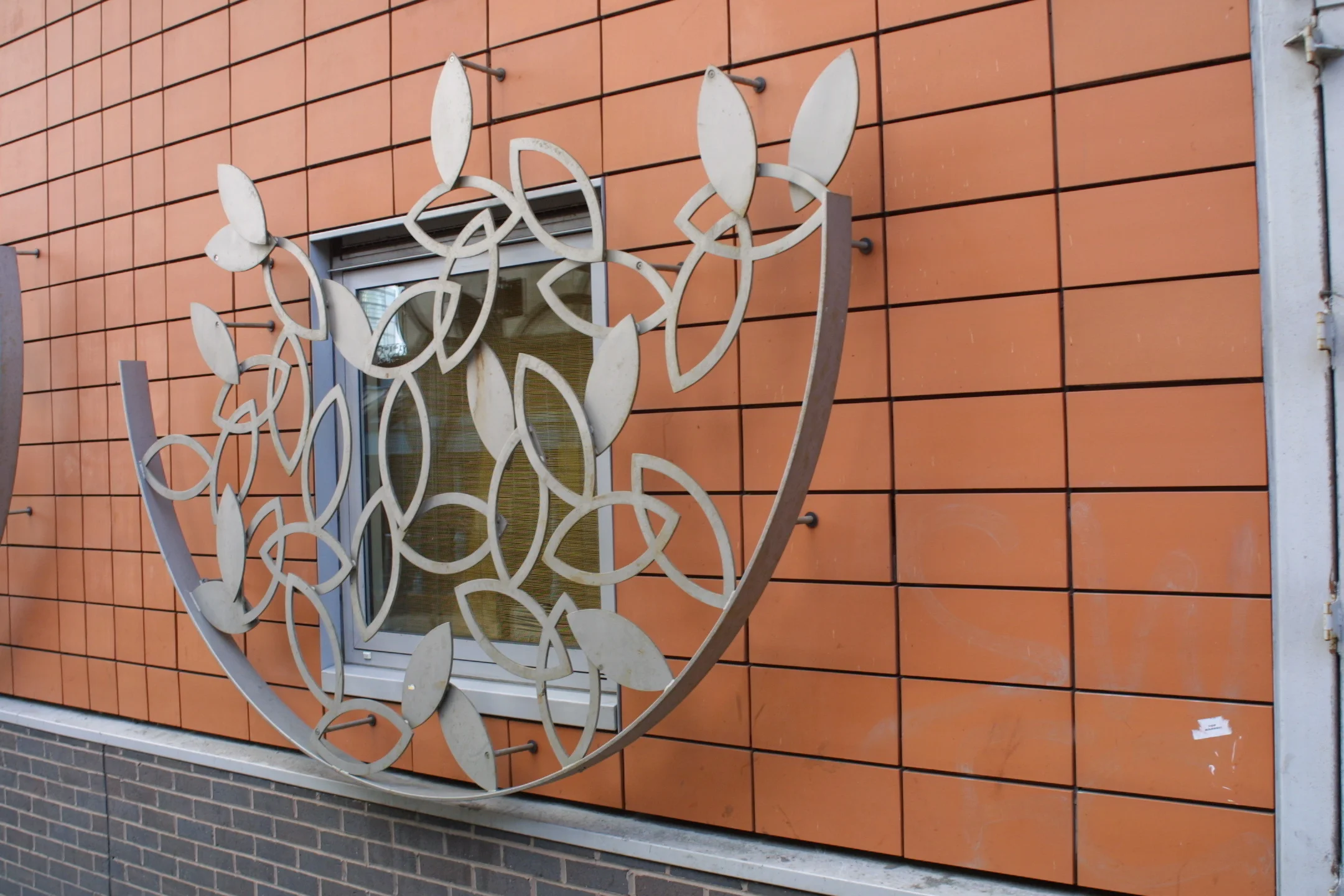
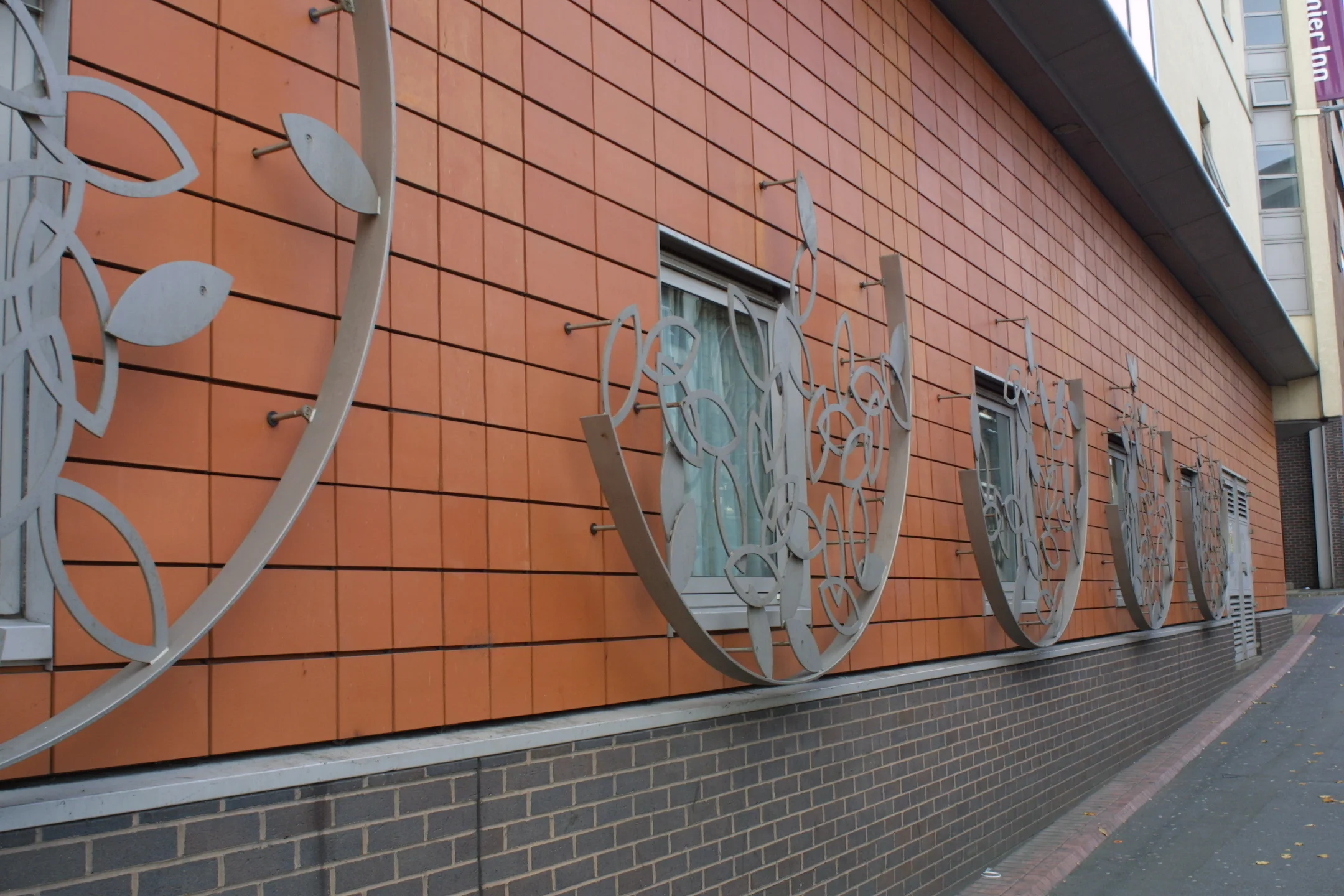


Fish
'The fish became a logotype with which we started to play, reproduce and multiply...'

The Birds Around Here..
'The birds around here were all black. We had to go to the seaside to see them in colour.'
